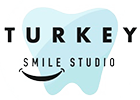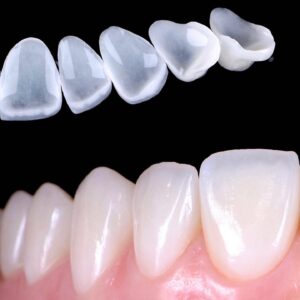Emax and zirconium are two popular materials used in modern dentistry for the fabrication of dental restorations, particularly dental crowns. While they both offer excellent aesthetic results and durability, there are some differences between Emax and zirconium in terms of their composition and characteristics.
Emax:
Emax (short for lithium disilicate) is a type of ceramic material known for its exceptional strength and natural-looking appearance. It is considered a highly aesthetic option for dental restorations due to its ability to mimic the translucency and color of natural teeth. Emax crowns are typically fabricated using CAD/CAM (Computer-Aided Design/Computer-Aided Manufacturing) technology, ensuring precise and accurate results.
Advantages of Emax:
Aesthetic Appeal: Emax offers excellent esthetics, providing a lifelike appearance that blends seamlessly with natural teeth.
Strength: Emax crowns are known for their high strength, making them a durable and long-lasting option.
Minimal Tooth Preparation: Emax restorations often require less tooth rCeduction compared to other materials, preserving more of the natural tooth structure.
Zirconium:
Zirconium, also known as zirconia, is a type of ceramic material that exhibits remarkable strength and biocompatibility. It is valued for its durability and ability to withstand biting and chewing forces. Zirconium crowns are fabricated using computer-aided milling or computer-aided manufacturing systems.
Advantages of Zirconium:
Durability: Zirconium crowns are highly resistant to chipping and cracking, making them an excellent choice for posterior (back) teeth that undergo significant chewing forces.
Biocompatibility: Zirconium is biocompatible, meaning it is well-tolerated by the human body and less likely to cause allergic reactions or gum irritation.
Versatility: Zirconium can be used for both anterior (front) and posterior restorations, offering versatility in dental treatment.
In summary, both Emax and zirconium are reliable materials for dental restorations. Emax is often preferred for its exceptional aesthetics, while zirconium is favored for its durability and versatility. The choice between the two will depend on several factors, including the location of the restoration, the patient’s specific needs, and the dentist’s recommendation based on their expertise. It’s best to consult with a dental professional to determine which material is most suitable for your individual case.

